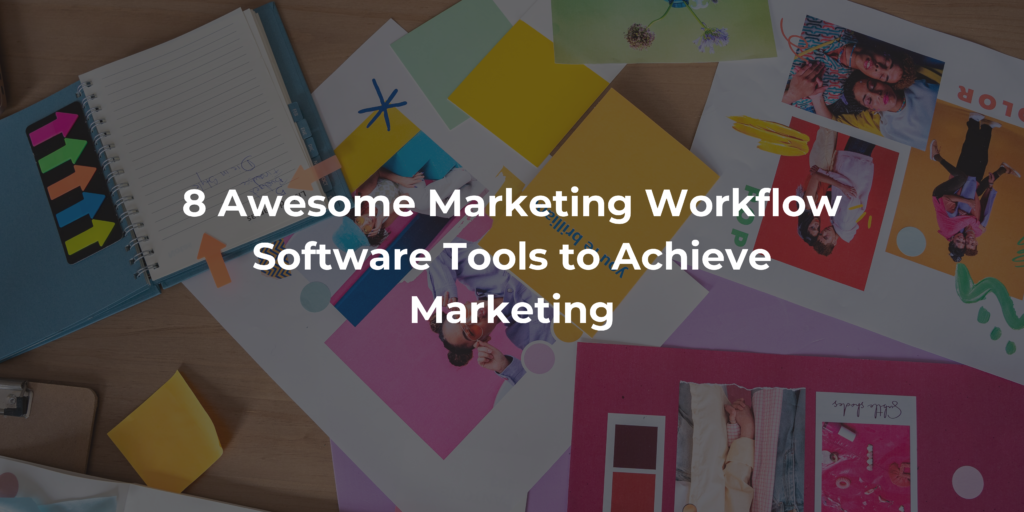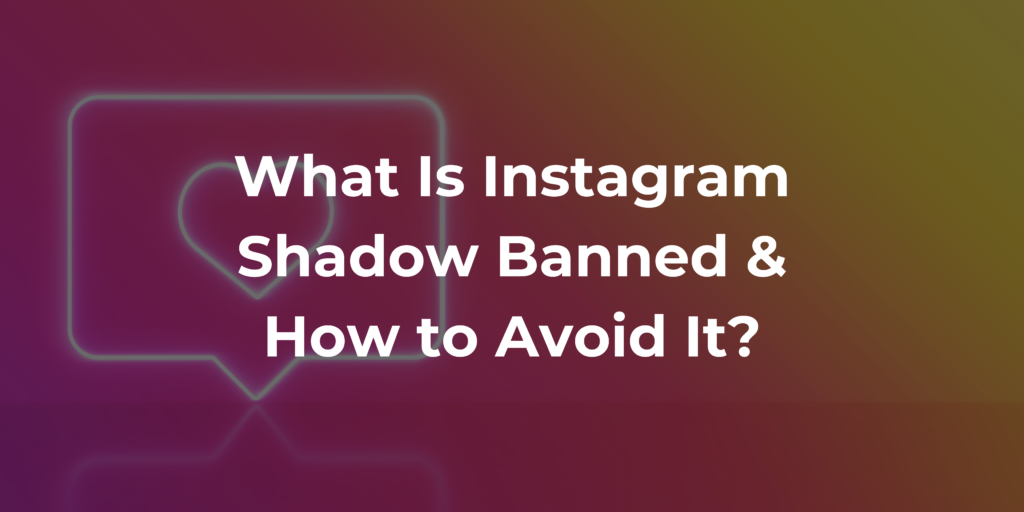Having a strong digital presence is crucial in our modern world, and this is especially true when it comes to social media. Whether for personal or professional purposes, having a well-planned and executed social media strategy is crucial.
Through this blog, we will take you through the steps of crafting an effective social media plan that not only helps you achieve your objectives but also captures the attention of your desired audience.
1. Know your brand
2. Define your objectives
3. Know your audience
4. Choose your right platforms
5. Develop a content strategy
6. Utilize social media tools
7. Monitor and analyze performance
8. Engage with your audience
1. Know Your Brand:
Crafting a compelling brand identity is essential for your business, as it serves as the embodiment of your company’s essence and message. To begin, it’s crucial to clearly define your brand’s personality, values, and mission. What does your brand truly stand for? What core values drive your actions and choices? By thoughtfully addressing these inquiries, you will establish a strong and genuine brand identity.
2. Define Your Objectives:
Before diving into the world of social media, it’s crucial to have a clear understanding of your objectives. Take some time to reflect and ask yourself: What are you looking to accomplish through your online presence? Perhaps you aim to boost brand recognition, attract more website visitors, generate leads, or foster stronger customer interactions. By establishing concrete and measurable goals, you’ll establish a solid framework for your social media strategy.
3. Know Your Audience:
Understanding your target audience is key to creating content that resonates with them. Dive into research to uncover the demographics, interests, and behaviors of your target audience. With this knowledge, you can craft personalized content and deliver it on the perfect platforms to effectively engage your audience.
4. Choose Your Right Platforms:
Not all social media platforms are created equal, and each caters to a different audience. Based on your target audience and objectives, select the platforms that align with your goals. For example, if you’re targeting a younger audience, platforms like Instagram and TikTok might be more effective, while LinkedIn could be suitable for a professional audience.
5. Develop a Content Strategy:
Design a content plan that resonates with your brand and captivates your audience. Define the types of content you’ll share, such as images, videos, blog posts, or infographics. Consistency is crucial, so set a schedule for posting to guarantee a consistent and steady stream of content.
6. Utilize Social Media Tools:
There are various tools available to streamline your social media efforts. Platforms like Hootsuite, Buffer, or Sprout Social can help you schedule posts, track performance, and manage multiple social media accounts from a centralized dashboard. Incorporate these tools into your plan to enhance efficiency and effectiveness.
7. Monitor and Analyze Metrics:
Stay on top of your social media performance by regularly analyzing key metrics. Keep a close eye on your engagement, reach, clicks, and conversion rates to gain valuable insights into what strategies are successful and which ones are not. Utilize this data to fine-tune your approach and make informed decisions for ongoing enhancements.
8. Engage with Your Audience:
Social media is a two-way street. Engage with your audience by responding to comments, messages, and mentions. Foster a sense of community by actively participating in discussions related to your industry or niche. Building genuine connections will enhance your brand’s credibility and trustworthiness.






